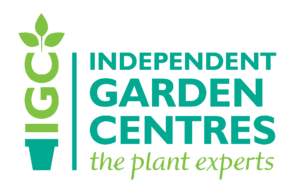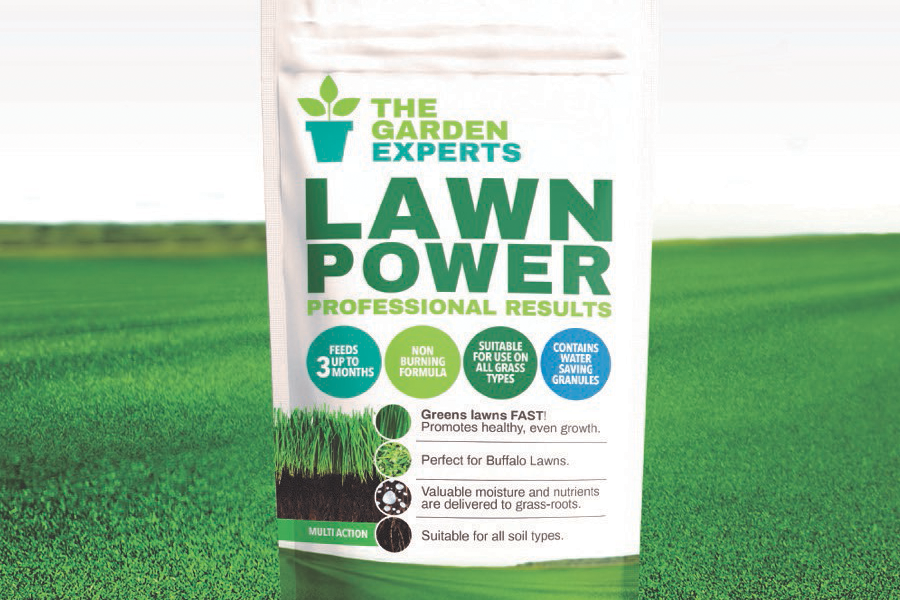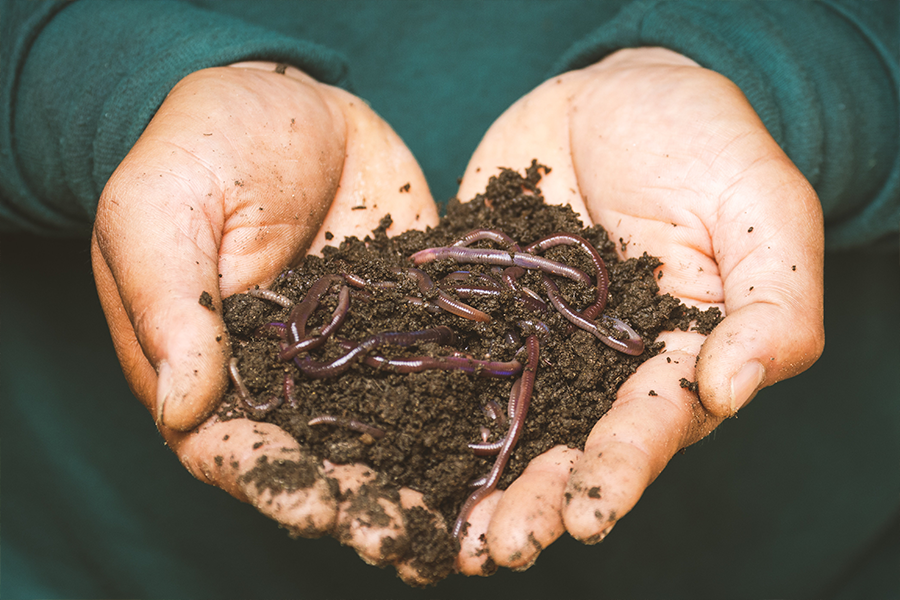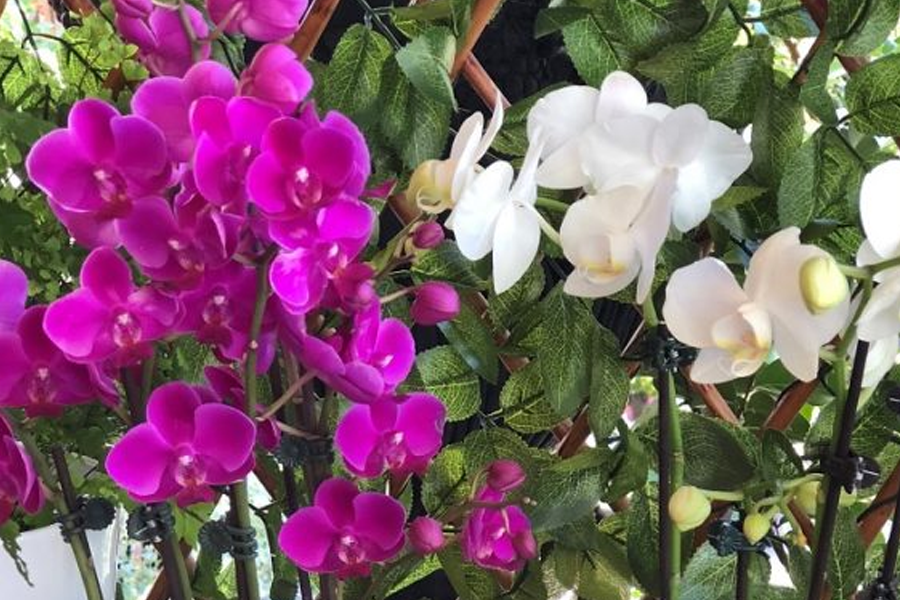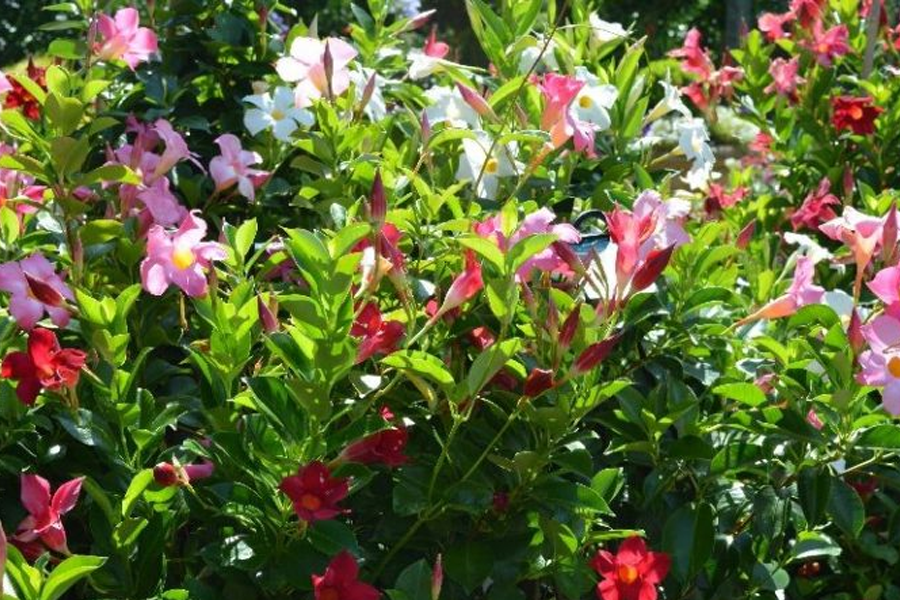by IGC Admin
Share
by IGC Admin
Share
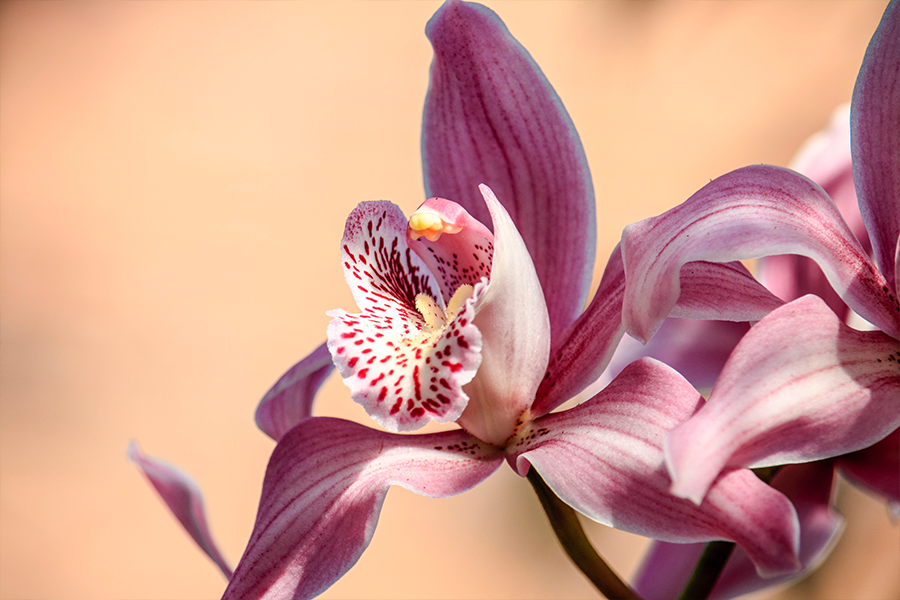
The flowers of most types of orchids last for weeks and sometimes months.
There are many varieties available in a wide range of colours including green, yellow, brown and red. Being evergreen, the plants long strap-like leaves can also be attractive even when the plant is not flowering. The peak flowering season for orchids is during the months of July, August and September.
Positioning
The ideal position for orchids includes morning sun or filtered shade. In winter they can be placed in full sun- however if you wish to keep them there for summer, it is recommended that a fifty percent shade cloth filters the plants sun exposure. Once in flower they can be moved indoors on a patio or any other location which has sufficient light and airflow.
Dividing Your Orchid
When dividing your orchids, it is important to select the correct place for the division. If you gently pull the root mass, you will usually find the point where the plant begins to divide. When cutting, your aim is to minimise damage to bulbs. When cutting through orchid roots, include at least one back bulb (this is a bulb with no leaf) along with one or two bulbs with healthy leaves. If your expectation is flowering next year after breaking up, divisions should contain at least three bulbs and a leaf. Smaller divisions will grow but probably won’t flower in the next year.
IT IS VERY IMPORTANT TO OBSERVE CLEANLINESS WHEN USING KNIVES OR SECATEURS DIVIDING YOUR ORCHID. Never use the same implement on another plant without first sterilizing it by wiping with bleach or methylated spirits. Virus and fungal disease are easily transmissible by using unclean implements.
Potting
The ideal time to pot is soon after flowering. In the case of non-flowering orchids the best time to pot is October/ November in Australia.
Before you start potting ensure that your potting media is evenly moist but not too wet. Gently shake the old mixture from the roots and then trim off any dead or damaged roots. Avoid over-potting and never place a small orchid in a large pot as this will inhibit flowering.
When re-potting choose the smallest pot that will comfortably accommodate the roots. Place the existing part against the side of the pot allowing the newly cut part space to grow. Fill the bottom quarter of your pot with a good orchid growing media such as Debco Orchid Mix. Place your plant in the pot and check to make sure that the top edge of the pot is approximately level with the bottom third of your orchid bulbs. Holding your plant in this position, add the rest of your orchid growing media and firm the mixture around the sides with your hand. Fill the pot to about one centimetre below the top of the pot. After re-potting, it is essential to water the pot thoroughly to the point where you can see the water freely draining from the bottom of the pot. Ideally your potting mixture should be moist all year round. How often you water relies on your choice of mixture, the prevailing weather conditions and the sitting of your plants.
Fertilising
When re-potting your orchids, add some controlled release fertiliser such as Osmocote or IGC Premium Potting Mix just under the final layer of compost (ask your local IGC store for a bag or two of IGC Compost). Don’t forget to water thoroughly. When orchids are in their peak growing season, they should be fertilised weekly to obtain best results. During the winter months you can reduce fertilising to once every three weeks or so. You need to use fertiliser at half strength. A complete flushing of the pot with water is desirable now and then to eliminate any build-up of salts from repeated fertiliser applications.
Watering
Cymbidiums, like many other sub-tropical plants, need careful watering. As the weather warms up in spring, watering needs to be increased in frequency so that during summer the plants are receiving daily watering. During autumn as the temperatures fall, watering should become less frequent. By winter, watering may be required only once a week or less to keep the compost just moist- for this is the cymbidium’s dormant period of growth.
Pests and Diseases
Orchids don’t have very many pests. Scale, aphids, slugs and snails are the worst and can be controlled by regular spraying with Eco Oil and by the use of snail bait.
A virus known as Cymbidium Mosaic Virus is common amongst hobbyist growers. When purchasing a plant, deal only with reputable nurseries. The best way to deal with an infected plant is to destroy it – unless there is a very good reason for retaining it as the disease is incurable. Your purchase from your local IGC store guarantees premium quality. Should you be uncertain, please ask a staff member for advice.
Helpful tips
1. Don’t take your plant inside where the atmosphere is hot and dry due to artificial heating. Your Cymbidium will drop its flower buds and ultimately drop its leaves in this warm dry atmosphere.
2. Don’t leave flower spikes on the plant until the flowers die. This can result in no flowering the following season. Approximately four weeks after the last flower is fully open, the spike should be removed so that the plant has a full growing cycle for next year’s flowering.
If your plant fails to flower, give it the recommended attention plus exposure to a sunnier location to help force flower spikes
What's worse than finding a worm in your apple? Finding half a worm...
A Living Gift provides many weeks or months of flowering beauty and is fantastic value for money.
Stunning tropical –look summer showstoppers providing an irresistible show of colour to brighten up your home.
